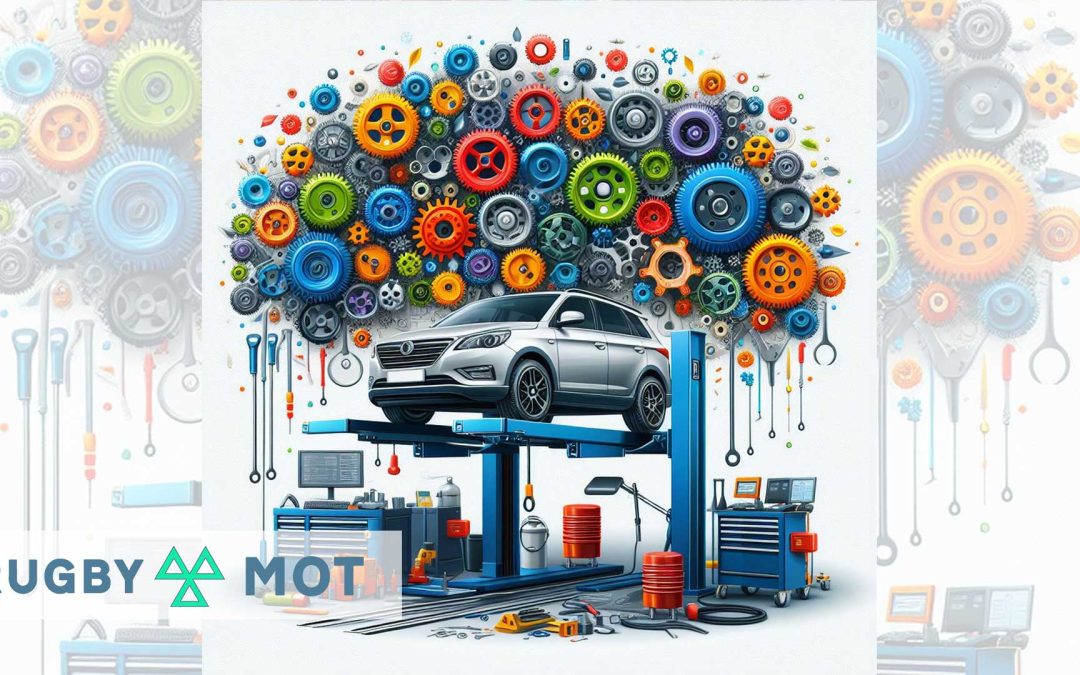What Is the MOT Test and Why Is It Essential?
In the realm of vehicle ownership, numerous legal and safety obligations must be met to ensure the smooth operation of vehicles on the roads. One of the most critical examinations that every vehicle owner in the United Kingdom must undergo is the MOT test. This test, officially known as the Ministry of Transport test, plays a pivotal role in maintaining road safety standards and ensuring that vehicles meet specific criteria for environmental protection and mechanical integrity. In this comprehensive guide, we will delve into the depths of the MOT test, exploring its significance, the inspection process, and its implications for vehicle owners.
Understanding the MOT Test
The MOT test is an annual examination mandated by law for vehicles in the UK that are over three years old. Its primary objective is to assess the roadworthiness and safety of vehicles, ensuring that they meet minimum standards set by the Driver and Vehicle Standards Agency (DVSA). Additionally, the MOT test evaluates the environmental impact of vehicles, particularly their emissions levels, to mitigate pollution and promote eco-friendliness on the roads.
What Does the MOT Test Cover?
During the MOT test, certified inspectors conduct a comprehensive examination of various components and systems within the vehicle. These inspections encompass a wide range of aspects, including but not limited to:
- Vehicle Structure and Bodywork: Inspectors assess the overall condition of the vehicle’s structure and bodywork for any signs of corrosion, damage, or weakness that may compromise safety
- Vehicle Identification Number (VIN): The VIN is checked to ensure it is present, securely affixed, and legible
- Fuel System: Inspections are conducted on the fuel system to detect leaks and ensure that fuel caps seal securely
- Exhaust Emissions: Vehicle emissions are measured to verify compliance with legal standards and minimize environmental impact
- Exhaust System: The exhaust system is inspected for leaks, secure mounting, and proper functioning of emission control devices
- Seat Belts: Seat belts are examined for security, condition, and functionality to ensure occupant safety
- Seats: Inspectors check the driver’s seat for adjustability and security
- Doors: Door latch mechanisms, hinges, and locks are inspected for proper operation and security
- Mirrors: Exterior and interior mirrors are examined for damage and proper alignment
- Brakes: Brake systems, including pads, discs, drums, hoses, and hydraulic components, are inspected for wear, effectiveness, and operational integrity
- Lights: All external lights, including headlights, indicators, brake lights, and fog lights, are checked for proper functioning and alignment
- Wipers and Washers: Windscreen wipers and washers are inspected for functionality and effectiveness in maintaining clear visibility
- Wheels and Tyres: Tyres are examined for tread depth, condition, and compatibility, while wheels are inspected for damage, security, and alignment
- Suspension and Steering: Suspension components and steering systems are inspected for wear, leaks, and proper functionality
- Horn: The horn is tested to ensure it emits an audible warning signal
Booking an MOT Test
The process of booking an MOT test has been streamlined to provide convenience for vehicle owners. Typically, you can book an MOT test at authorized testing centres, which may include independent garages, franchise dealerships, or council-run testing stations. Many testing centres offer online booking services, allowing you to schedule appointments at your convenience. Alternatively, you can book by phone or in person at the testing centre. It’s advisable to book your MOT test in advance to secure your preferred date and time, especially during peak seasons when appointment slots may be limited.
Implications of the MOT Test Results
Upon completion of the MOT test, your vehicle will receive one of the following outcomes:
- Pass: If your vehicle meets all the required standards and passes the inspection, you will receive an MOT certificate valid for one year from the date of the test. This certificate signifies that your vehicle is roadworthy and compliant with legal and safety regulations
- Advisory Items: In some cases, the inspector may identify minor issues or defects that do not warrant an immediate failure but may require attention in the future. These are noted as advisory items on the MOT certificate, serving as recommendations for maintenance or repairs
- Failure: If your vehicle fails to meet one or more of the required standards during the MOT test, you will receive a notification detailing the reasons for the failure. You will need to address these issues and have your vehicle retested to obtain a valid MOT certificate
Importance of the MOT Test
The MOT test plays a crucial role in promoting road safety, environmental protection, and vehicle maintenance. By ensuring that vehicles meet minimum standards for safety and emissions, the MOT test contributes to reducing the risk of accidents and minimizing environmental pollution. Additionally, the MOT test encourages regular maintenance and upkeep of vehicles, enhancing their reliability, performance, and longevity. For vehicle owners, obtaining a valid MOT certificate is not only a legal requirement but also a testament to their commitment to safety and compliance on the roads.
Conclusion
In conclusion, the MOT test is a fundamental aspect of vehicle ownership in the UK, serving as a cornerstone of road safety and environmental responsibility. Through comprehensive inspections and rigorous standards, the MOT test ensures that vehicles meet minimum criteria for safety, emissions, and mechanical integrity. By understanding the significance of the MOT test, familiarizing yourself with the inspection process, and fulfilling your obligations as a vehicle owner, you can contribute to safer roads, cleaner environments, and a more sustainable future for all.




